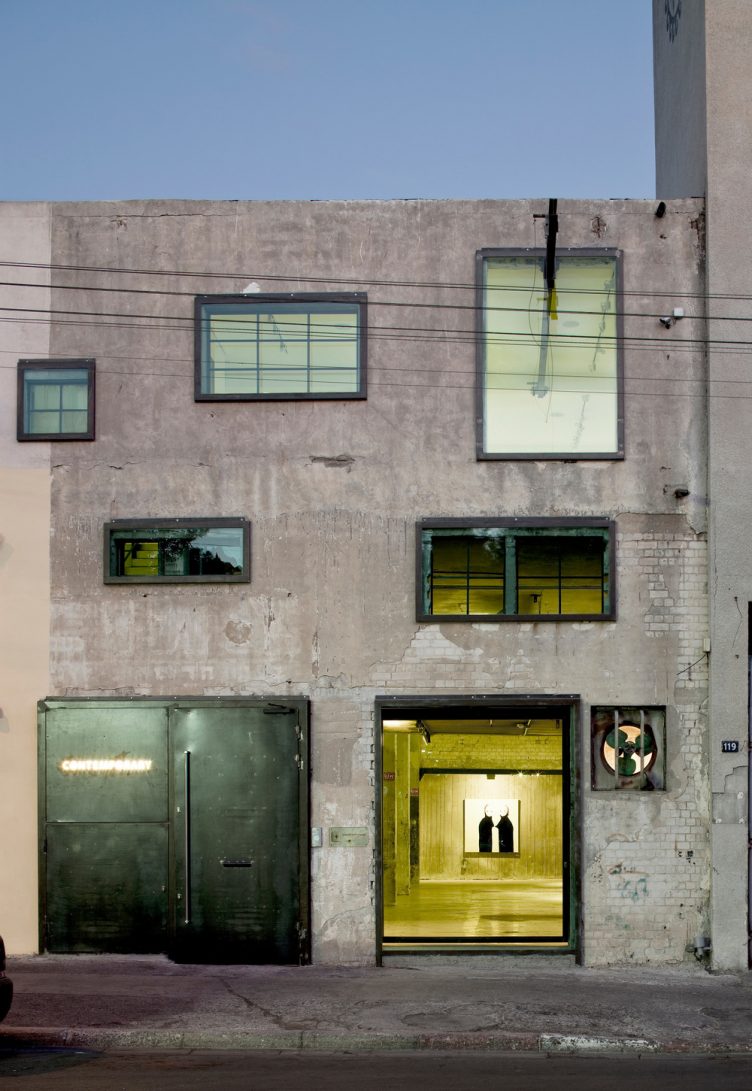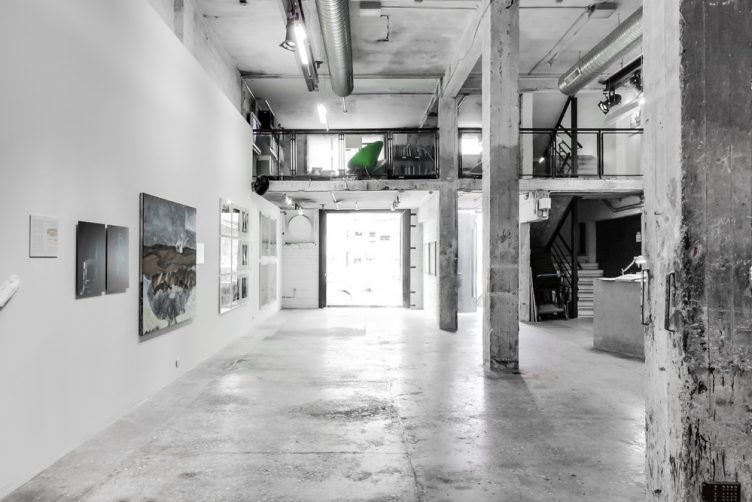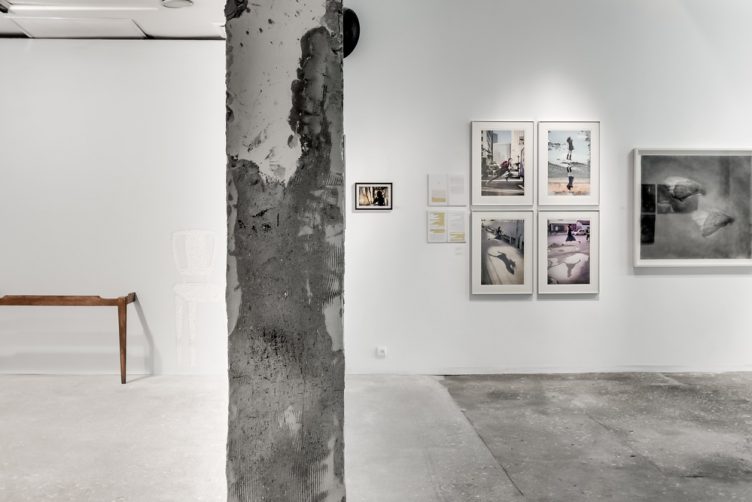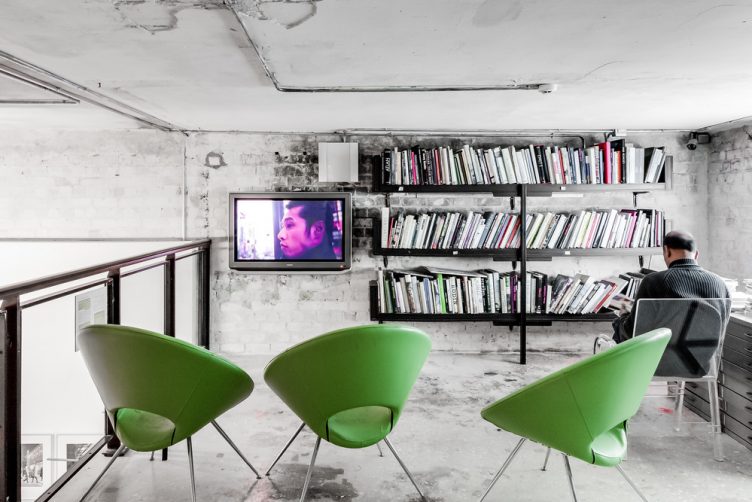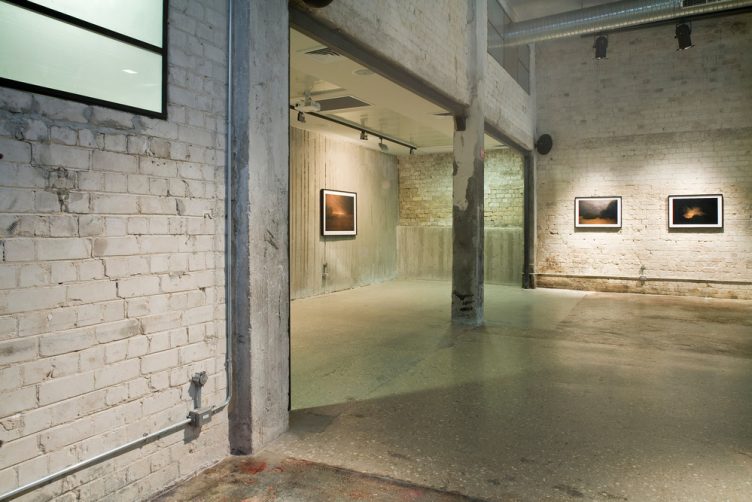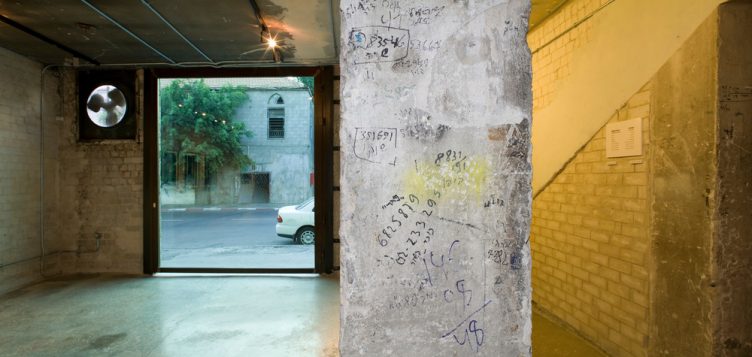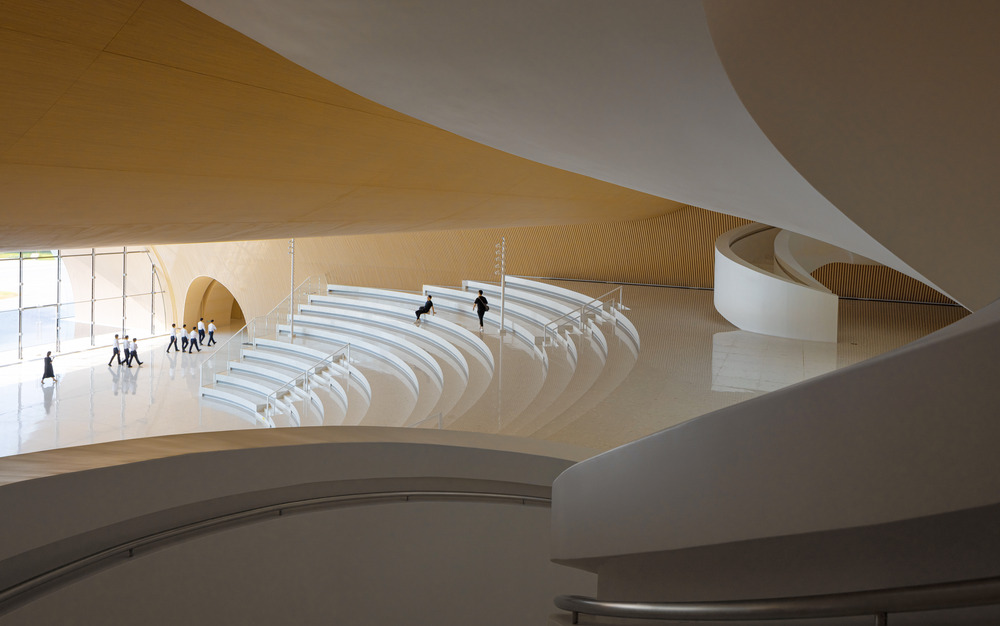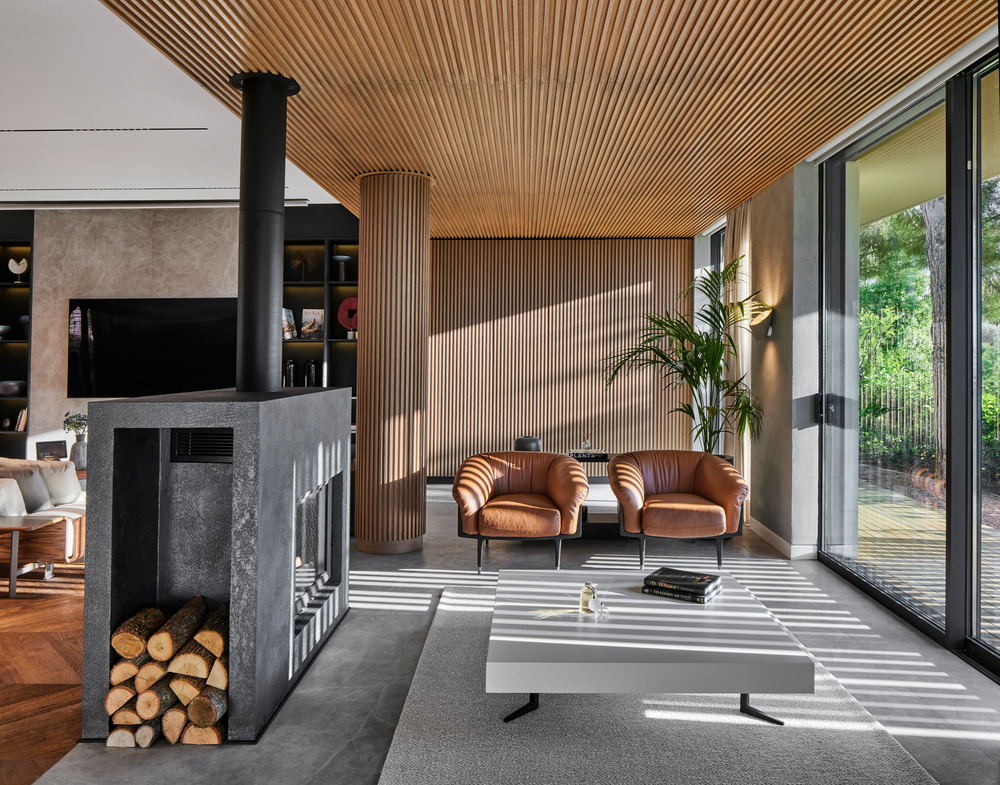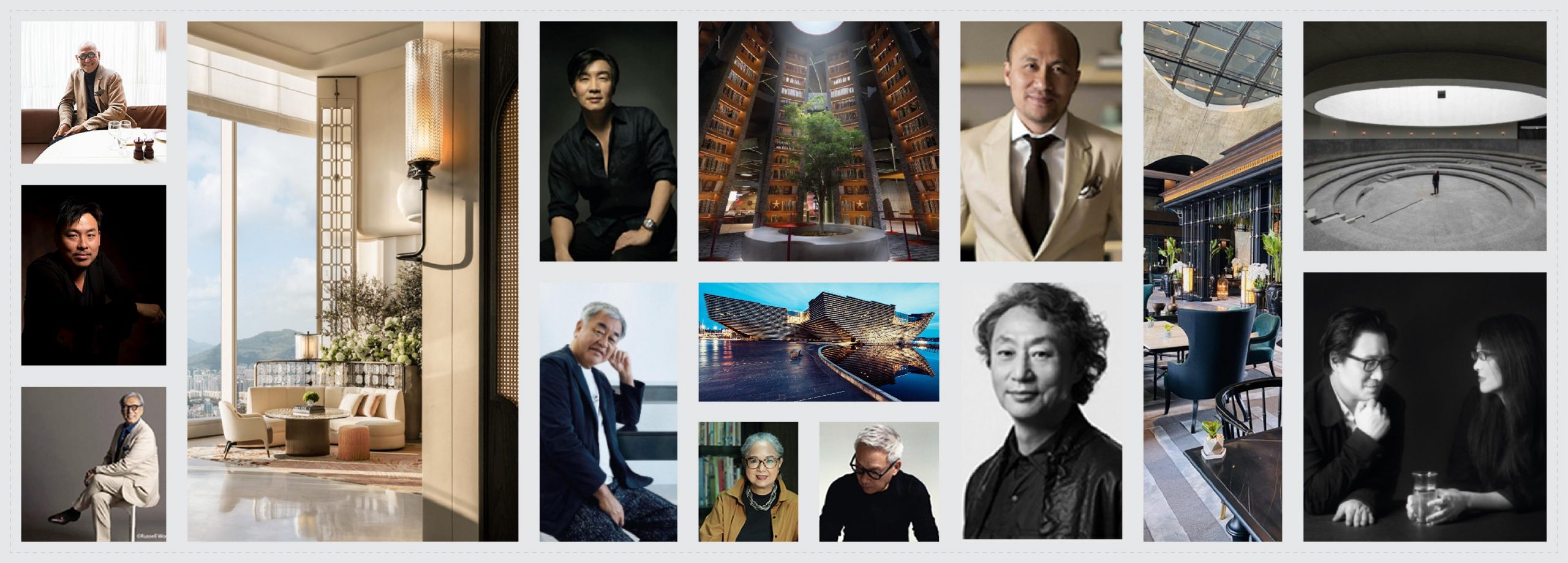Set in a former print factory at the southern end of Tel Aviv, this intervention within an existing industrial building explores the boundaries and potentials of re-use as a design brief. The building on 117 Herzl Street was a mediocre architectural product in the positive sense of the word. It had other qualities too, being practical, average, unremarkable, generic, and faded. But in fact, its actual neutrality allowed a major intervention that did not suffice with a mere facelift and the creation of a polished art space. On the contrary, the intervention was set out to tackle the existing building with contemporary tools and concepts aimed at manifesting the conflict between the found object/building, and the new use inserted into it.
- Photo credit – Richard Jochum
- Photo credit – Richard Jochum
- Photo credit – Richard Jochum
- Photo credit – Richard Jochum
- Photo credit – Richard Jochum
- Photo credit – Richard Jochum
The tension raised between these two extremes can be described as a new category of space. Rather than re-enforcing a mythic – out of the sands tabula rasa modernism – as the history of Tel Aviv has been branded with, we were looking at its bastard forms that emerge out of the TLV Jaffa hybrid at the places of its overlap and seem. Not black, or the ‘authentic’ of romantic Oriental’s, nor the white of the conscripted modernism, but dirty ‘bastard’ or mongrel modernism, emerging not out of clear ideologies but out of the confusions and contradictions of urban life.
Thus, the gallery design is based on a ‘hot-cold’ interaction between extremes.
- Photo credit – Amit Geron
- Photo credit – Amit Geron
- Photo credit – Amit Geron
Potential tensions are mapped, then highlighted: new versus old; sensual versus alienated; exposed versus hidden; high versus low; shining versus dim; clear versus opaque; open versus closed; clean versus dirty. This, for us, is the city of Tel Aviv.
Photo credits: Richard Jochum, Amit Geron

